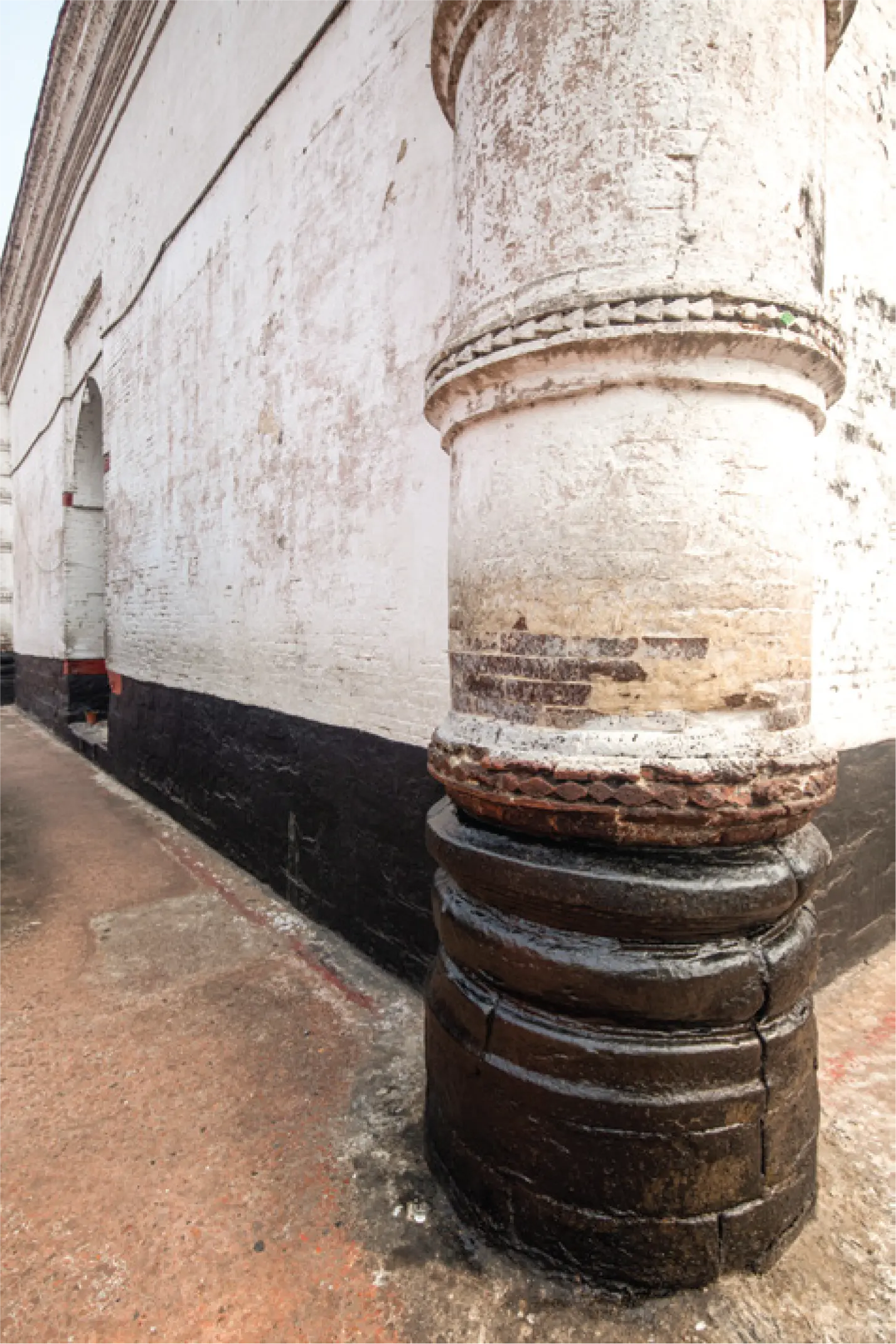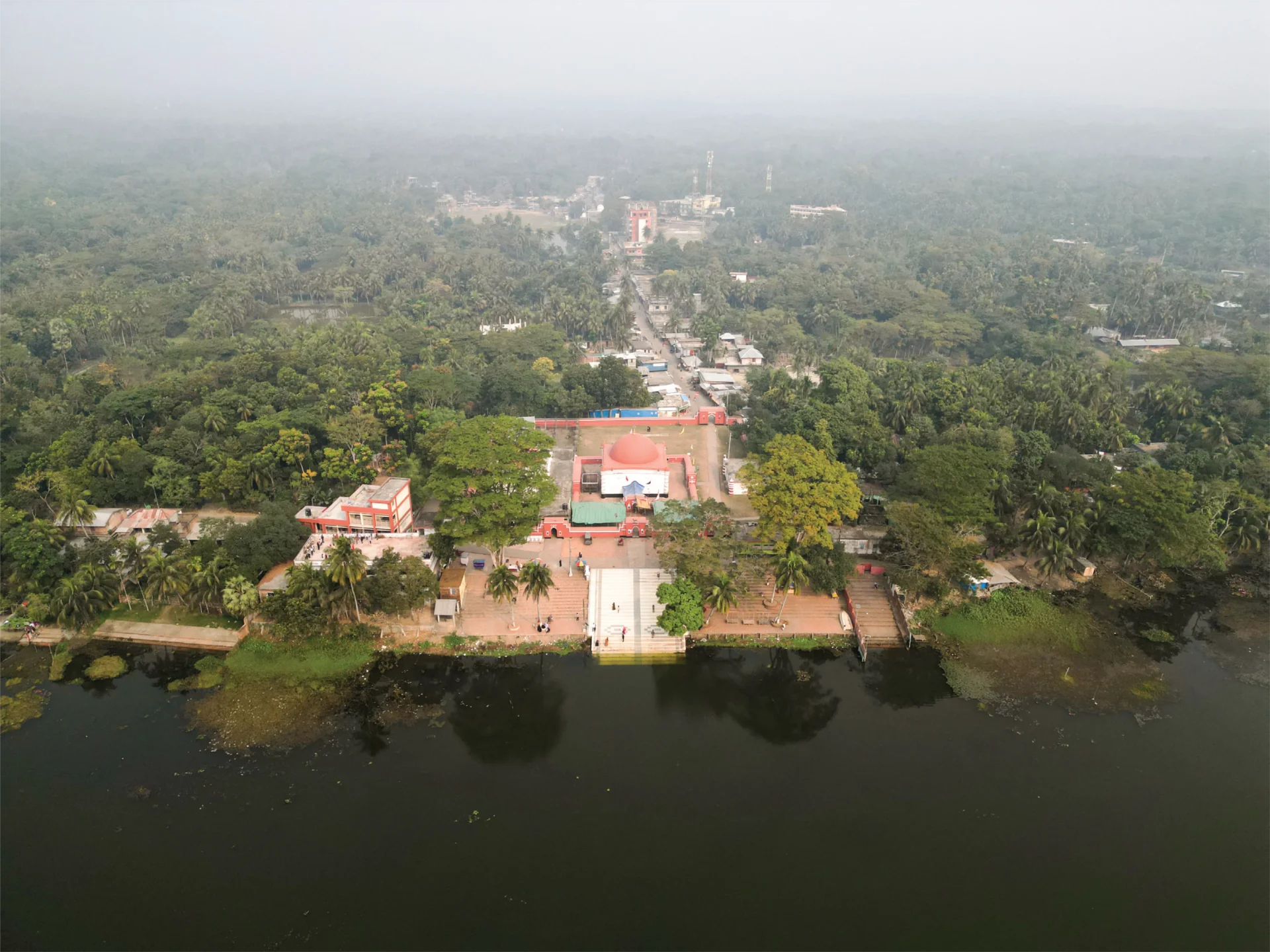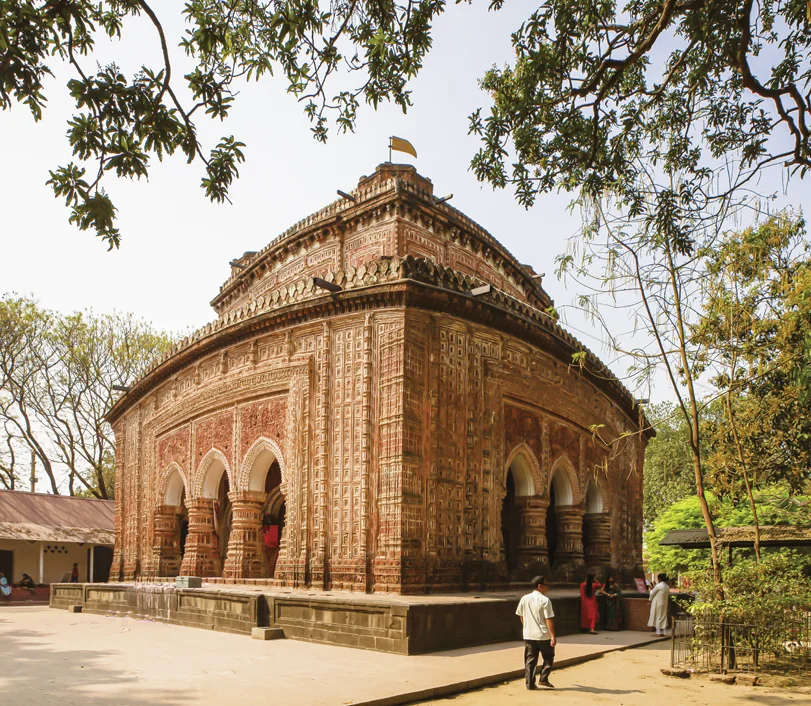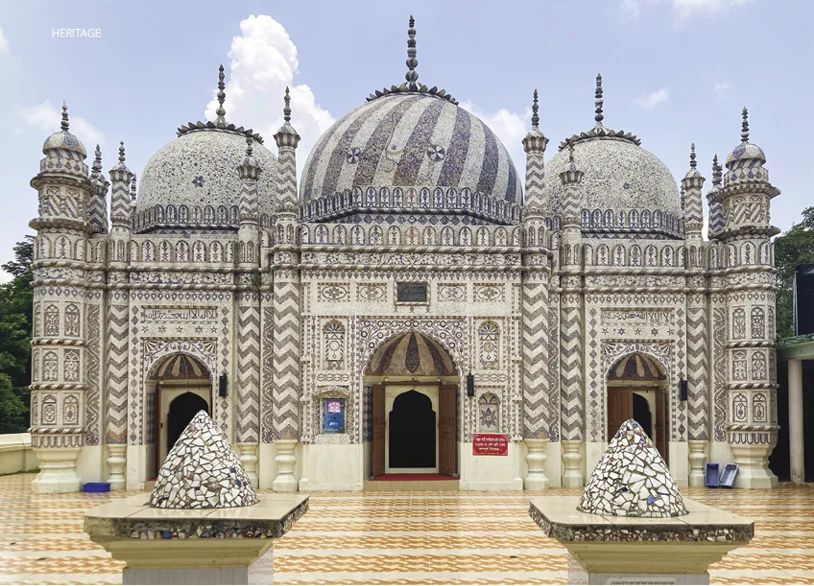
What does birth inside your psyche when you hear the word mazaar? For many, it might be that gush of inexplicable zany feeling that stems from your experiences related to a mazaar, which is, in other words, a shrine. Common symbolisation of the religious or spiritual sites in the sub-continent especially in Bangladesh, mazaars is indeed an eccentric space. Spaces, which are onerous to describe with words unless you have actually- not only experienced it, but internalised its truest weirdly ethereal essence, putting aside all your biases, particularly religious ones. And each one has its own set of personalities.

Whether someone believes in the Mayan story of the creation of The Evil Twins, or “Let there be light” or that the Milky Way is the reflection of The Ganges that trickled down from the dreadlocks of mighty Shiva, or a devotee dancing in the mazaar of a spiritual individual after performing Isha’ prayer- across faiths and its distinct customs, perhaps the devotees crave to reach that same surreal trance state that dwells in their peculiarly personalised metaphysical realm? And the place I am going to tell you about today, like many others of its kind, has its pond full of eerily interesting tales.

Anyway, let’s get to the staple! Like many of its counterparts, named after the person who built it, the Khan Jahan Ali masjid also has a namesake mazaar as its eternal companion. Located in a southern district of Bangladesh, Bagerhat, the mosque is one of the most popular tourist destinations of the country, attracting hundreds of visitors even on off-seasons. But to taste the true essence of the space, anyone traveling there needs to look beyond and dive deeper into its centuries-old diary, dusting off all the typical tourist chimes. And with all this history, easily comes the bonus of scintillating stories and myths. While trying to understand the Khan Jahan Ali mosque, just narrowing it down around the details of the architecture, how many tourists visit each year and where to stay, etc. would not do justice to it at all. Because the story of the mosque is deeply connected to a wider segment of regional history and especially the life of the individual who built it.
First and foremost, just like his birthday, many things about him are little known or completely unclear, resulting in myths. Ulugh Khan, popularly known as Khan Jahan Ali, which was a title given by the then Sultan of Bengal Nasiruddin Mahmud Shah, passed away on the 25 October 1459 and his first name (Ulugh) indicates that his forefathers might be of Uzbek or Turkish origin, or somewhere from that region of the world although he was a resident of Delhi at the time. Many rulers of different categories from that era in parts of the sub-continent were nothing short of interesting characters. And Khan Jahan Ali being one of the earliest prominent practitioners of Sufism and playing an instrumental role in converting the locals in a now Sunni majority country where Sufism practice is societally frowned upon, easily puts his name in the list of our regional history of prominent religious or spiritual figures. Remember the visual of the sixty-dome mosque (Shat Gombuj Masjid) in Bagerhat on the previous version of our 50-taka banknote? More than three hundred sixty such mosques and infrastructures from that time were built by him!
Interestingly, given all that he had done, it is still vague what intrigued him to travel to the extremely remote southern regions of a delta far away from his home. Although his life indicates that the intention of preaching his faith might be a big reason alongside naturally having all the traits of a proficient ruler. History suggests that Khan Jahan Ali took a voyage to Bagerhat across the river network of the then undivided Bengal. This great warrior gradually built his sublime dominance over the region and established his capital in Khalifatabad, which is present-day Bagerhat. Soon, in an astonishingly short period, he built vital monuments, ponds and infrastructures, etc. The Khan Jahan Ali mosque was built as part of that spree. He had also been compared with Emperor Shahjahan and claimed to be as important to southern Bengal as Shahjahan was to Delhi.
Built at the time, in the early 15th century, the single chamber square-shaped mosque is crowned with a single dome and has an entire complex around it. The structure also has Sultanate and pre-Mughal era influences with beautiful terracotta ornamentations. And stylistically, there are patterns similar to many other structures built in the region by him which is known as Khan Jahan Ali architecture. The mosque stands on the western part of its complex, aligned with the structure of the mazaar. Where inside, beneath a dark tomb full of Arabic inscriptions, Ulugh’s eternal resting place. On the south of the tomb, is an ethereal ocean-sized pond. And here comes the most fascinating aspect, alligators.
The current residents of the pond are two adult-size alligator couples, namely Kala Pahar and Dhola Pahar, who are said to be the descendants of the first pair that Khan Jahan Ali himself released. And the bag of tales surrounding these creatures is quite heavy, with a fair share of both harrowing ones and also visitors casually feeding them chicken. The alligators are typically taken care of by the assigned people of the mosque. According to myth, Khan Jahan Ali used to f ight and play with them. On the full moon of every Chaitra, you will witness something otherworldly bestowing its spiritual scent upon the sons of Adam and Eve breathing at the Urs, as they dance in a trance, while some yearning for their long lost lover and some for heaven. And soon after a walk, you will stop by the pond where two cold-blooded residents silently enjoy the waves of moonlight dancing in the water, just like the devotees, the loud whispers of the centuries-old space will pierce through saying how similar we all are then different.







